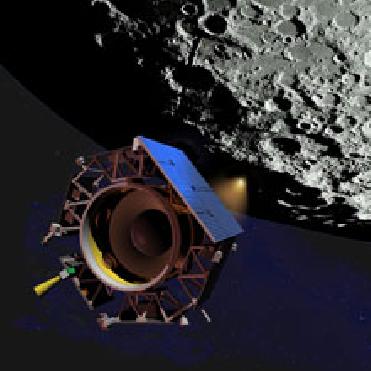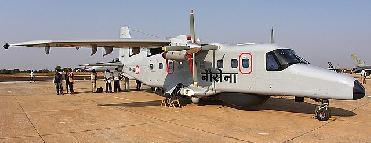
An artist's rendition of the Centaur upper stage rocket hitting the moon's surface near the south pole. Image credit: NASA
LOS ANGELES (AP/PTI): NASA's much-hyped mission to hurl a spacecraft into the moon turned out some worthwhile data after all, scientists have said.
New images show a 1.6 kilometre-high plume of lunar debris from the Cabeus crater shortly after the space agency's Centaur rocket struck on October 9.
"We were blown away by the data returned," Anthony Colaprete, the mission's chief scientist, said in a report on Friday from the Ames Research Center in Mountain View, California, which managed the launch.
"The team is working hard on the analysis, and the data appear to be of very high quality," the scientist said.
In media coverage before the impact, many observers said they were disappointed at the lack of spectacle.
But scientists said the mission was carried out for "a scientific purpose, not to put on a fireworks display for the public," said space consultant Alan Stern, a former NASA associate administrator for science.
By creating the debris cloud, scientists were able to use the $ 79 million Lunar Crater Observation and Sensing Satellite to sample and study the dust.
The LCROSS itself crashed into the same crater four minutes after the Centaur's impact, right on schedule, while its companion spacecraft, the Lunar Reconnaissance Orbiter, was flying in lunar orbit 80 kilometres above the site to gather still more data.
 Previous Article
Previous Article Next Article
Next Article













The Indian Air Force, in its flight trials evaluation report submitted before the Defence Ministry l..
view articleAn insight into the Medium Multi-Role Combat Aircraft competition...
view articleSky enthusiasts can now spot the International Space Station (ISS) commanded by Indian-American astr..
view article